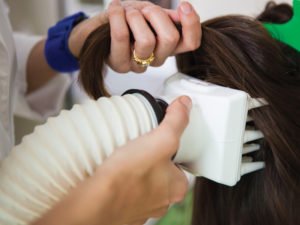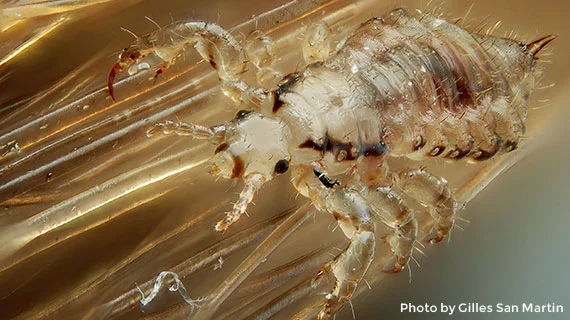Everything You Need to Know About Super Lice
Head lice are becoming more and more resistant to most conventional lice-treatment products in California. As a result, these “Super Lice” are becoming more difficult to kill, increasing frustration and anxiety among parents.
Here’s everything you need to know brought you by Lice Clinics of America.
Super Lice – What You Need to Know
Not so super after all! “Super lice” means lice that have developed resistance to pesticides used for killing them. It is a term coined by the media in 2015 after published research showed strains of head lice had developed resistance to pyrethroids, the type of pesticide used in over-the-counter lice treatments.
Expanded research published in 2016 showed that lice samples from 48 states carried the pesticide-resistant genes. Southern Illinois biologist Dr. Kyong Yoon has been researching lice with Dr. John Marshall Clark at the University of Massachusetts at Amherst for 15 years. These researchers have found that over that period, lice have gotten more and more resistant to pyrethroid products. In one report they noted that studies from 1995 indicated that permethrin was at least 96 percent effective, but recent reports are showing efficacy rates dropping to as low as 28 percent.
“If you have or your children are infested with head lice, there is a high chance that those lice are over-the-counter product resistant,” Dr. Yoon said at the time of the 2015 announcement.
All this means, however, is that lice are resistant to one type of treatment. “Super lice” is a misleading term because it conjures images of monstrous pests that can’t be killed by anything. The reality is that combing and nitpicking can still be effective, even if time-consuming and tedious; and so is the AirAllé® medical device, which kills lice and eggs (nits) through dehydration.
Lice have evolved resistance to other types of pesticides in other countries as well. There is no evidence showing that lice can evolve resistance to heated air (which is how AirAllé® kills lice) or manual removal.










